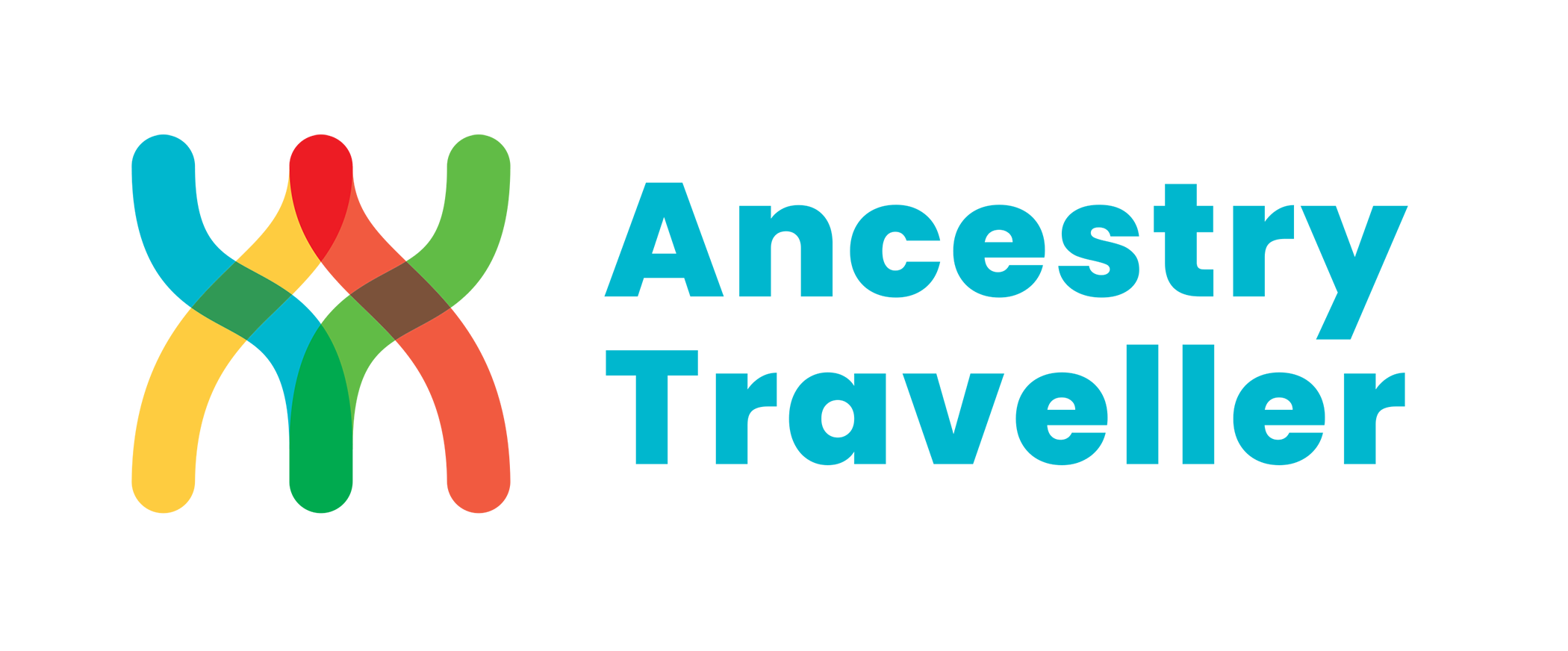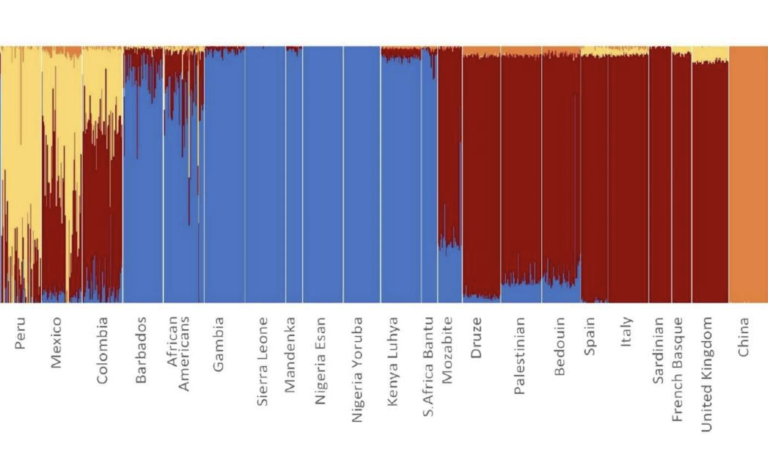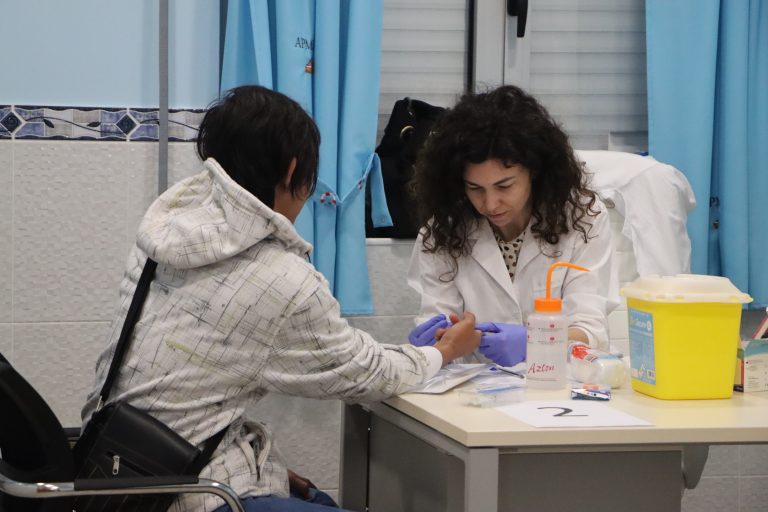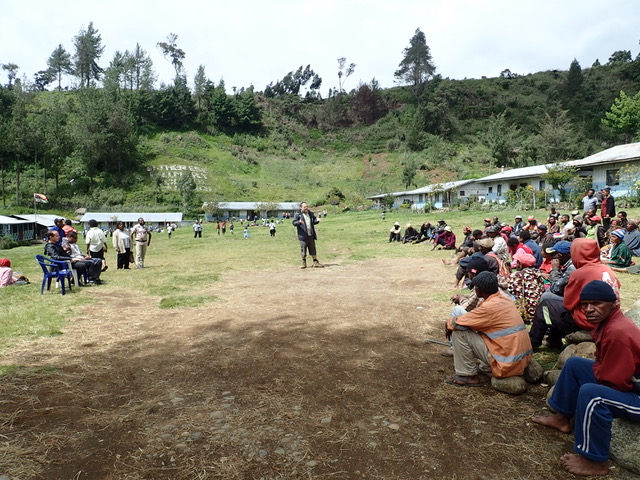Genetics and Identity Drawing Group – The difficulty of building individual stories based on scientific data and other observations

The Ancestry Traveller project is my second meeting with high-tech sequencing and reading genetic information. In my synthetic motherhood project, I have been co-working with a forensic lab to predict the future look of my potential offspring. Ancestry testing allows us to do something opposite, to read the past (at least to a certain extent).







